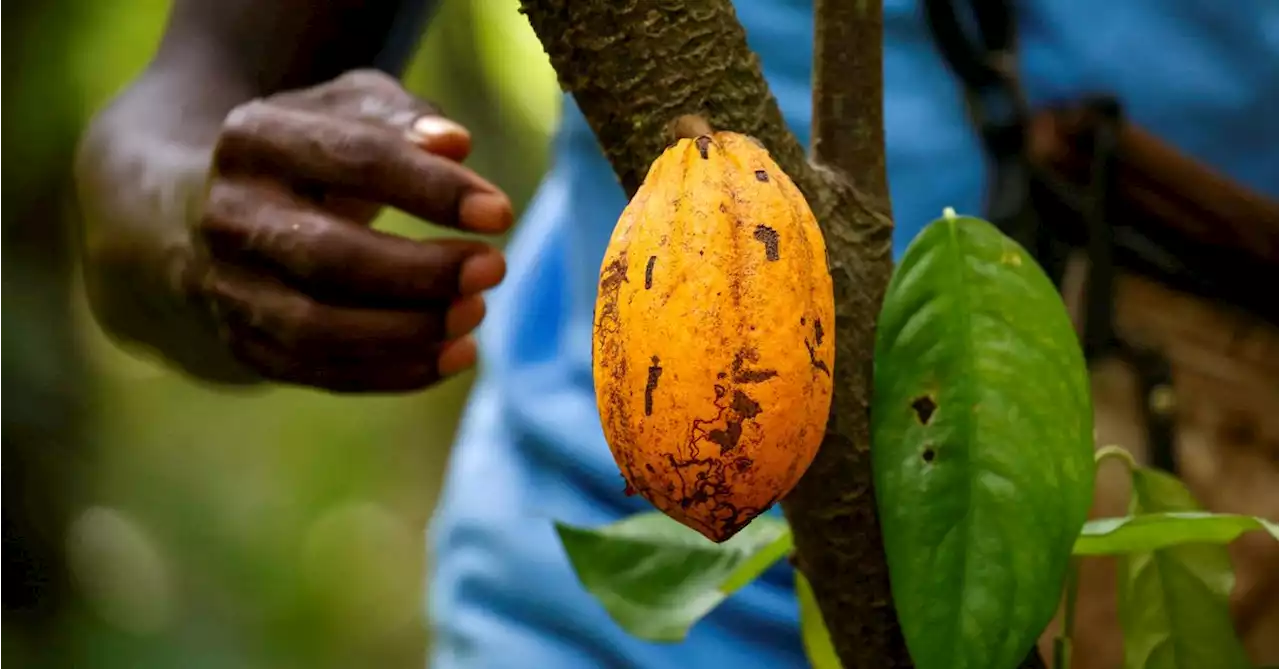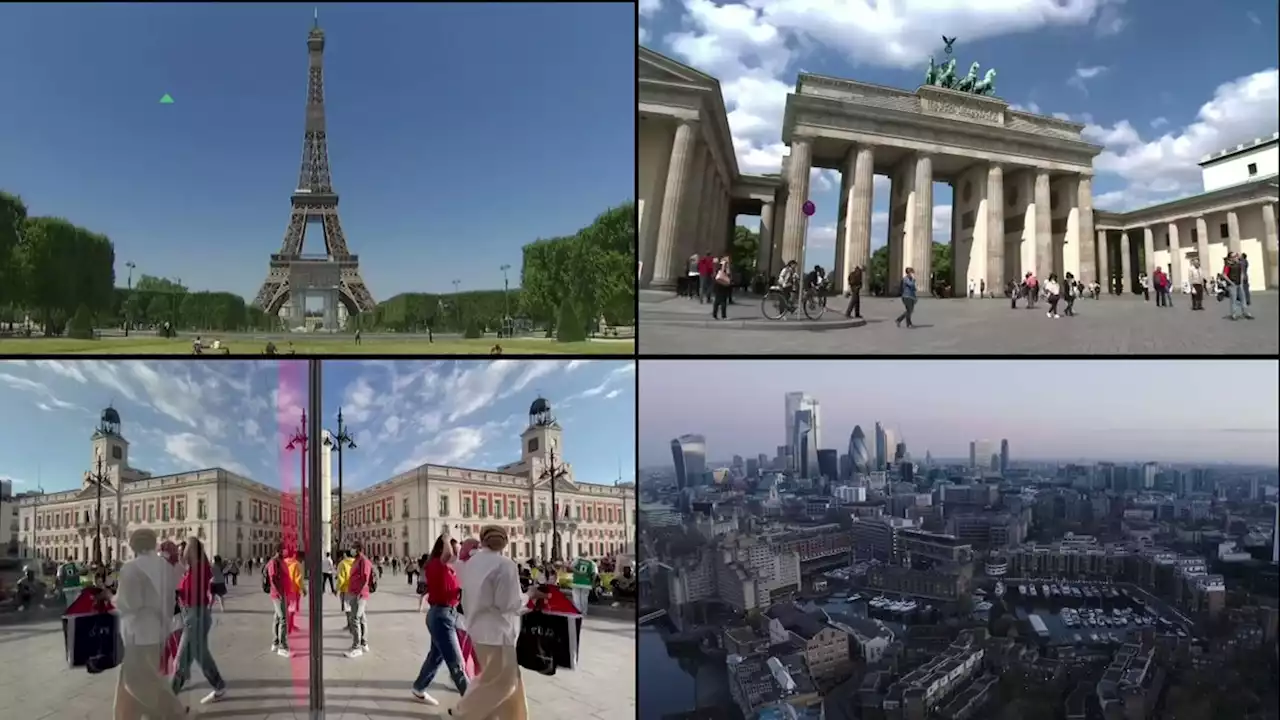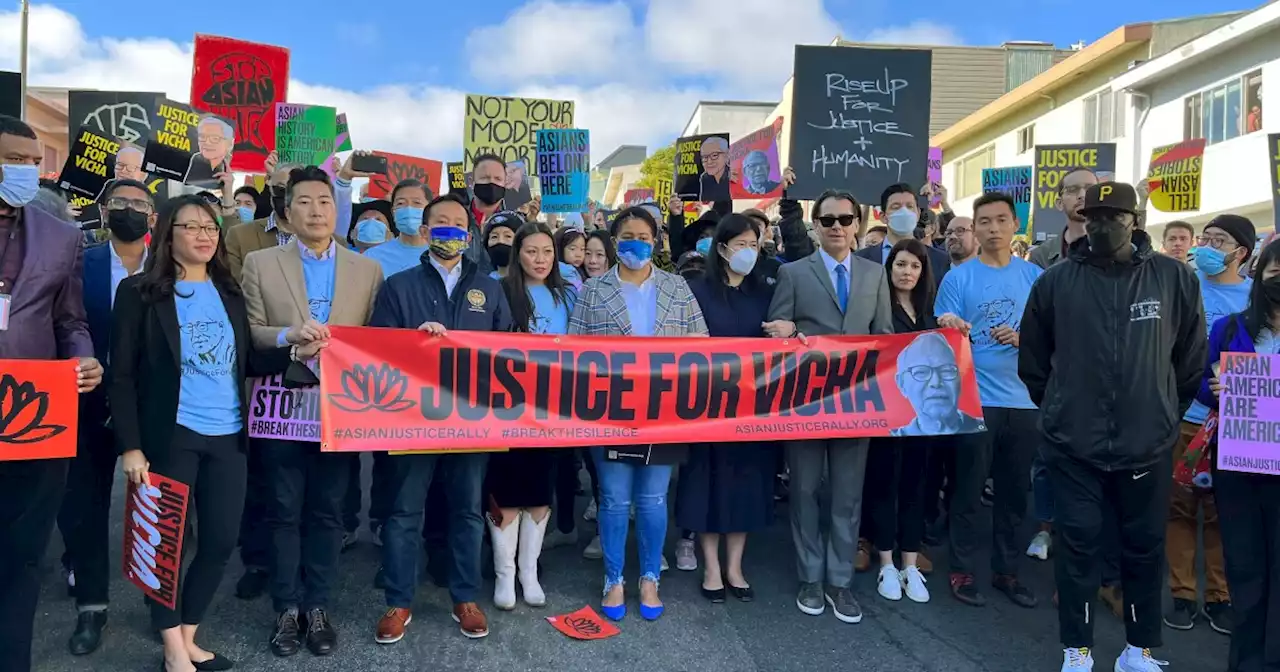As climate change stokes recurring cycles of drought, cities are increasingly looking to recycle treated wastewater even before it reaches the L.A. River. Critics warn that the local ecology will unravel.
Just north of downtown — and a stone’s throw from the growling 5 Freeway — the concrete bed of the Los Angeles River gives way to soft earth and an explosion of riparian life: Cottonwood and sycamore trees push skyward, while fish dart beneath the swooping shadows of cackling waterfowl. The scent of mulefat scrub and sage hang in the air.
“What a waste of precious water,” Michael De Ghetto, chief assistant general manager of Glendale Water and Power, said recently as he gazed upon an area where more than 35 million gallons of runoff from Glendale, Burbank and Los Angeles are dumped each day. The tensions have been playing out in public hearings and behind closed doors as the State Water Resources Control Board struggles to develop guidelines and computer models that can be used to evaluate the potential impacts on wildlife and the quality of life for the 10 million people living in Los Angeles County.
Decision-making criteria for evaluating minimum baseflows were developed under a recent Los Angeles River Flows Project study initiated by the state water board in collaboration with the city of Los Angeles and the Los Angeles County Department of Public Works. Burbank already has its mind made up. The city, which relies solely on imported water supplies provided by the Metropolitan Water District, produced 7,091 acre-feet of recycled water last year, of which about 3,020 acre-feet was used for landscape irrigation. The remainder was discharged into the river.
Along the L.A. River, community leaders and environmentalists say measures to boost production of recycled water and captured storm water must be weighed against myriadThey include laying the groundwork for investment in projects designed to address what the county’s Los Angeles River Master Plan describes as “the disparity within our communities” and to improve “the quality of life and ecosystem health for current and future generations of Angelenos.
The treated water emerging from those facilities creates pools and swirling eddies that are home to thriving populations of nonnative Amazon sailfin catfish, African clawed frogs, carp and bullfrogs. Native species clinging to survival in some sections of the river include chorus frogs; western toads; arroyo chubs, a California species of special concern; and least Bell’s vireos, a federally endangered songbird.
During the severe five-year drought that ended in 2017, cities along the river corridor were strongly urged by the Los Angeles Department of Water and Power, which holds water rights to all the flows in the river, and some environmental groups to do a better job of recycling their wastewater and recharging aquifers with storm water.
South Africa Latest News, South Africa Headlines
Similar News:You can also read news stories similar to this one that we have collected from other news sources.
 Dry spell persists in Ivory Coast, raising fears for cocoa cropThere has been no rain for a second straight week in most of Ivory Coast's cocoa growing regions, farmers said on Monday, warning that could reduce the quality of beans for the last stage of the main crop and shrink the April-to-September mid-crop.
Dry spell persists in Ivory Coast, raising fears for cocoa cropThere has been no rain for a second straight week in most of Ivory Coast's cocoa growing regions, farmers said on Monday, warning that could reduce the quality of beans for the last stage of the main crop and shrink the April-to-September mid-crop.
Read more »
 This is what a $1 million home looks like in 4 European cities - CNN VideoCNN News, delivered. Select from our newsletters below and enter your email to subscribe.
This is what a $1 million home looks like in 4 European cities - CNN VideoCNN News, delivered. Select from our newsletters below and enter your email to subscribe.
Read more »
 How does wastewater from oil and gas production cause earthquakes?On the cloudy afternoon of Dec. 15, I was in Houston speaking to a colleague on the phone in Midland when a 3.6 magnitude quake shook the oil-rich town....
How does wastewater from oil and gas production cause earthquakes?On the cloudy afternoon of Dec. 15, I was in Houston speaking to a colleague on the phone in Midland when a 3.6 magnitude quake shook the oil-rich town....
Read more »
 Rallies in L.A., other cities decry anti-Asian hate on anniversary of killingHundreds of people in six cities across the U.S. demand justice for 84-year-old Vicha Ratanapakdee, who was killed while out for a walk a year ago.
Rallies in L.A., other cities decry anti-Asian hate on anniversary of killingHundreds of people in six cities across the U.S. demand justice for 84-year-old Vicha Ratanapakdee, who was killed while out for a walk a year ago.
Read more »
